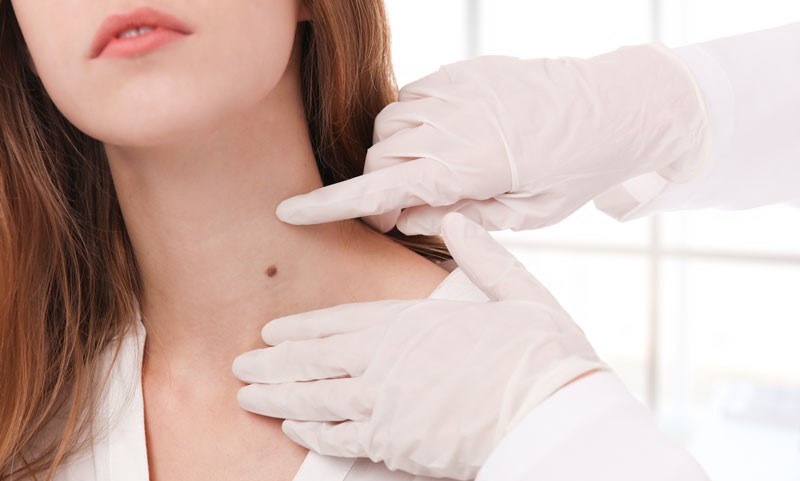
Skip The Waiting Room!
Register Online Before You Arrive.
We have up to date schedules, contact information, & let you book appointments online.
The Importance of Skin Biopsy for Diagnosis
Skin biopsy is a procedure where a small sample of skin tissue is taken for further examination. It’s usually done to diagnose or rule out certain skin conditions, such as skin cancer or inflammatory skin diseases. During the procedure, a healthcare professional will numb the area, remove a small piece of skin, and send it to a laboratory for analysis. The results of the biopsy can provide valuable information to guide treatment decisions.
There are several different types of skin biopsies that can be performed, depending on the specific situation and the suspected condition. Some common types include
- Shave biopsy: In this type of biopsy, the top layers of the skin are shaved off using a small blade or scalpel. It's typically used for superficial skin lesions or to remove a small portion of a larger lesion
- Punch biopsy: A punch biopsy involves using a circular tool to remove a small cylinder of skin, including the deeper layers. This type of biopsy is often used to obtain a deeper sample for examination.
- Excisional biopsy: An excisional biopsy involves removing an entire skin lesion or a significant portion of it. This type of biopsy is typically performed when there is suspicion of skin cancer or when a larger sample is needed for analysis.
- Incisional biopsy: In an incisional biopsy, only a portion of a larger skin lesion is removed for examination. It's often done when the entire lesion cannot be removed or when a specific area needs to be targeted.
The specific type of biopsy recommended will depend on factors such as the location, size, and characteristics of the skin lesion. It’s important to consult with a healthcare professional to determine the most appropriate type of biopsy for your specific situation.
Need some advice from our experts?
Request a Call Back Today Now!
We will make a single attempt to contact you from a withheld number, usually within 24 hours of your request.
